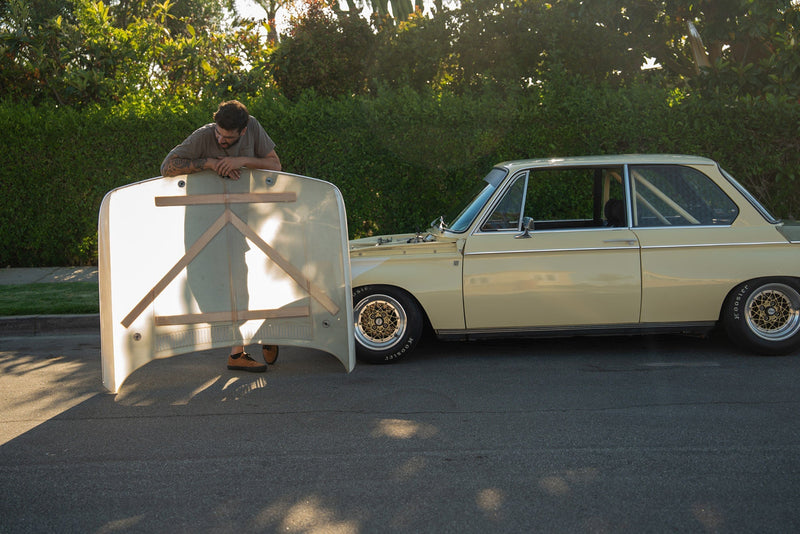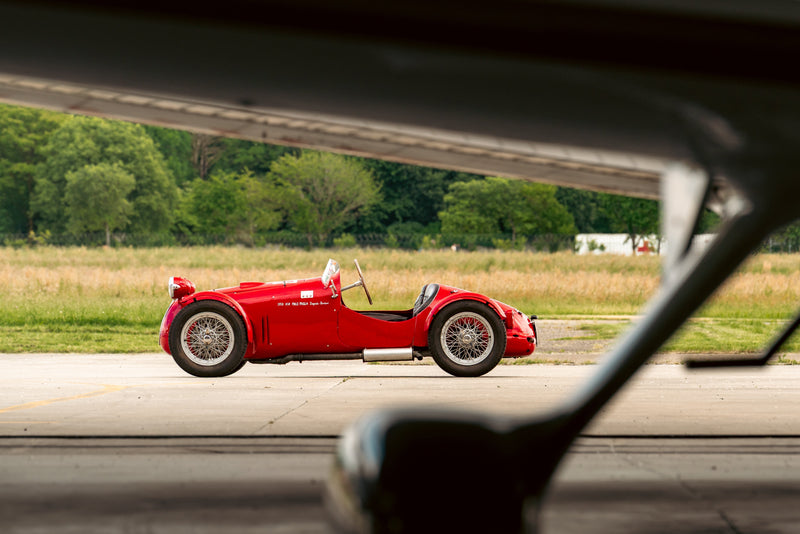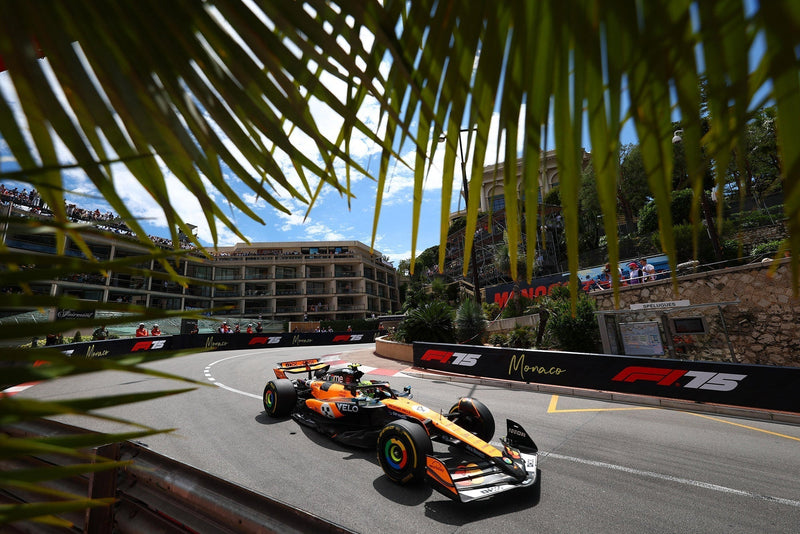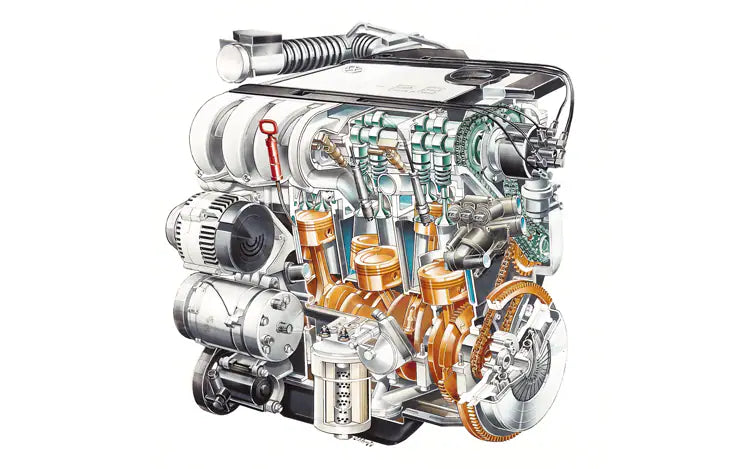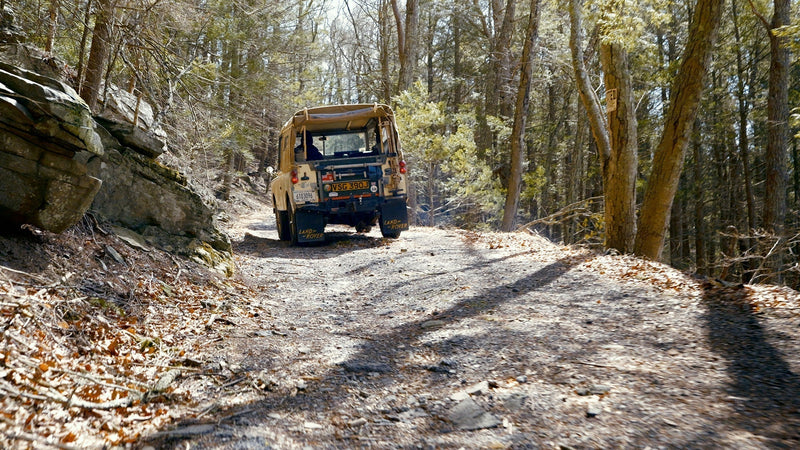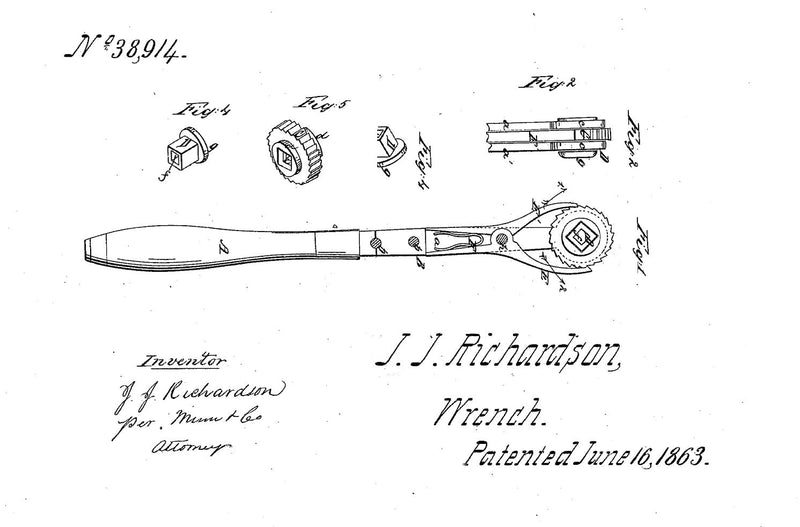Few cars were more versatile than the Ford Escort , especially the Mk1 edition that took over from the Anglia 105E in 1968. For most people the Escort represented affordable family transport and while the smaller engines didn’t provide a huge amount of fun. Some of the more potent powerplants turned these boxy saloons into giant killers on circuits and rally stages.
With over two million Mk1 Escorts built in a production run that lasted for seven years, this was a car that put nations on wheels. With saloons and estates available along with an array of engines and trim levels. There was an Escort for every budget. Unsurprisingly, decades after the final example was made, most of these cars have disappeared forever, scuppered by rot and high repair costs.
Ford Escort Mk1 inspection checklist
Just as predictably, the cars that are the most coveted are the sporty editions produced by Ford’s Advanced Vehicle Operations (AVO) division. The Mexico, RS1600 and Twin Cam. You’ll pay heavily for really good examples of these. But the more mainstream models are far more attainable although they tend to be harder to find, at least in good condition.
Engine
Mainstream Escorts featured a Kent engine in 1098cc or 1298cc forms, while the Mexico got a 1598cc version. A 1993cc Pinto engine went into the RS2000, the Twin Cam got a 1598cc Lotus-derived unit while the RS1600 was fitted with a 16-valve twin-cam BDA unit, developed by Cosworth.
The single-cam Kent and Pinto engines are easy to work on and the parts supply is good. Whereas the twin-cam units are far more complex and parts are much more costly. If they’re available at all. While DIY rebuilds are no problem with the single-cam engines, the twin-cam units are best left to experts.
Worn cylinder bores and piston rings are the most likely malady with the Kent and Pinto engines, so look for blue exhaust smoke which betrays oil being burned. A tappety Kent top end is also possible, because of worn cam followers.
Gearbox
Most of these Cortinas have a Kent engine and a four-speed manual gearbox (in close-ratio form in the GT and Sport), although some came with a three-speed Borg Warner automatic transmission. The RS2000 got a different gearbox altogether while the Mexico, Twin Cam and RS1600 featured a 2000E gearbox borrowed from the Cortina and Corsair.
The automatic is reliable, largely because the Kent engine isn’t all that torquey. Rebuilds aren’t costly while decent used automatic gearboxes aren’t hard to find.
Of the three different manual transmissions offered, none is weak but wear is inevitable, eventually. Rumbling in first, second and third belies tired bearings but these will soldier on for years. A baulky gearchange is more likely to be a stretched clutch cable than worn synchromesh; a new cable should fix things.
Suspension and brakes
The steering rack rarely gives problems although the gaiters can split, allowing dirt in which leads to rapid wear. If the steering is vague it’s likely that the rubber mountings need to be replaced. If things are really vague and there’s a knocking sound from the front suspension, the anti-roll bar bushes have worn.
The rear wheelbearings are a weakness, so listen for whining as the car is cornered. They’re cheap enough to buy, but replacing them requires a press, so it’s not a DIY job.
If there’s evidence of front suspension leaks it’s possible to replace just the strut, but most owners renew the springs at the same time. This bumps up the cost but it’s still cheap to do.
Many Escorts were fitted with drum brakes all round, but some variants did get front discs. The braking system is conventionally engineered and reliable, although wheel cylinders can leak and the adjusters can seize up.
Bodywork
Few Mk1 Escorts have never been welded because, predictably, most examples have been affected by rust to a lesser or greater degree. As soon as corrosion strikes it needs to be tackled or it’ll just spread and turn the car into a breaker. Original panels have long since dried up, but repro parts are available and they fit well.
The corrosion hot spots are predictable: the front inner wings (especially the suspension top mountings), the inner and outer front wings (and the seam where these meet), the bonnet mountings, the footwells, door bottoms plus the vent at the base of the windscreen.
Rust or bodges in the headlight surrounds are another probability, along with corrosion in the valances, the rear leaf spring mountings, sills and the boot floor. Windscreen leaks (front and rear) are far from unusual, but replacement seals are available and they’re straightforward to fit.
Exterior trim is hard to find unless you chance across something. Because most of the external brightwork is chrome-plated mazak it can’t be restored. While the parts most likely to give problems (and which are the hardest to find) are the hockey stick trim around the rear side windows and the quarter bumpers.
Interior
Cloth trim was fitted to the E, GT and RS, while vinyl was standard in the Sport, XL, Super and Mexico. It tends to last well, but if it’s tired there’s nothing to faze a competent trimmer. Most parts are available on a repro basis. The Mexico featured a sculpted rear seat that’s trickier to revive than the standard item.
The Escort’s electrical system is simple, but can still suffer from corroded contacts in the loom as well as the fusebox. If there are glitches start your investigation with the multi-pin connector that feeds into the fusebox. As it can suffer from poor connections. The same goes for the column stalks and the rocker switches – with only used parts available.
History: Ford Escort Mk1
- 1968: The two-door saloon range arrives. There are standard, De Luxe, Super and GT editions, with 1098cc or 1298cc engines. A van arrives soon after, along with an automatic option on 1.1 and 1.3-litre saloons.
- 1969: A four-door saloon and estate reach showrooms.
- 1970: Engine revisions mean power increases and amended model names. The standard range now consists of standard, L, XL and GT derivatives, alongside which are the RS1600 and Mexico.
- 1971: The 1300 Sport is a low-spec 1300GT while the Escort Sport has an XL interior, GT running gear and RS bodywork.
- 1973: The two-door 1300E arrives, with 1300 Sport mechanicals and luxury trim. All Escorts get improved suspension and the GT is discontinued at the end of the year. The RS2000 debuts with a 1993cc Pinto engine.
- 1974: The four-door 1300E goes on sale with metallic paint, a vinyl roof and a high-spec interior.
- 1975: The Mk1 Escort is replaced by a Mk2 version.
PetroFact: Ford Escort Mk1
When the Escort Mk1 was current there was a bewildering array of derivatives available. But in the 21st century things have changed massively. A lot of the more prosaic variants have long since disappeared, with sporty editions such as the Mexico now more common.
If your pockets aren’t deep and you want something that’s rare, hold out for an unmodified regular model. It’s more likely to be surrounded at shows because they’re seen so rarely. But if you want something that’s fun and more of an investment it has to be one of the sportier models. Unless you’ve got really deep pockets this will be a Mexico or maybe an RS2000. If you want a Twin Cam or RS16000 you’ll need to dig very deep.
Many surviving Escorts have been modified, in some cases very heavily, while there are also plenty of fakes around. AVO cars are most likely to be faked. A Twin Cam’s chassis number starts with BB48 or BB49, RS1600 with BB49 or BFAT while Mexicos are more complex. If the five-digit number is 00001, it means the car was the first built that month, not the first one ever built. These AVO models featured a Type 49 bodyshell, strengthened with extra plates on the inner wing tops, chassis rails, strut towers and rear spring mountings.
Prices
- Project £1000-10,000 (app. $1250-$12,500)
- Good £8000-30,000 (app. $10,000-$37,500)
- Concours £12,000-50,000 (app. $15,000-$62,500)
Practicality ★★★★★Running costs ★★★★Spares ★★★★DIY Friendly ★★★★★Investment ★★★Desirability ★★★
Picture courtesy of MagicCarPics










































